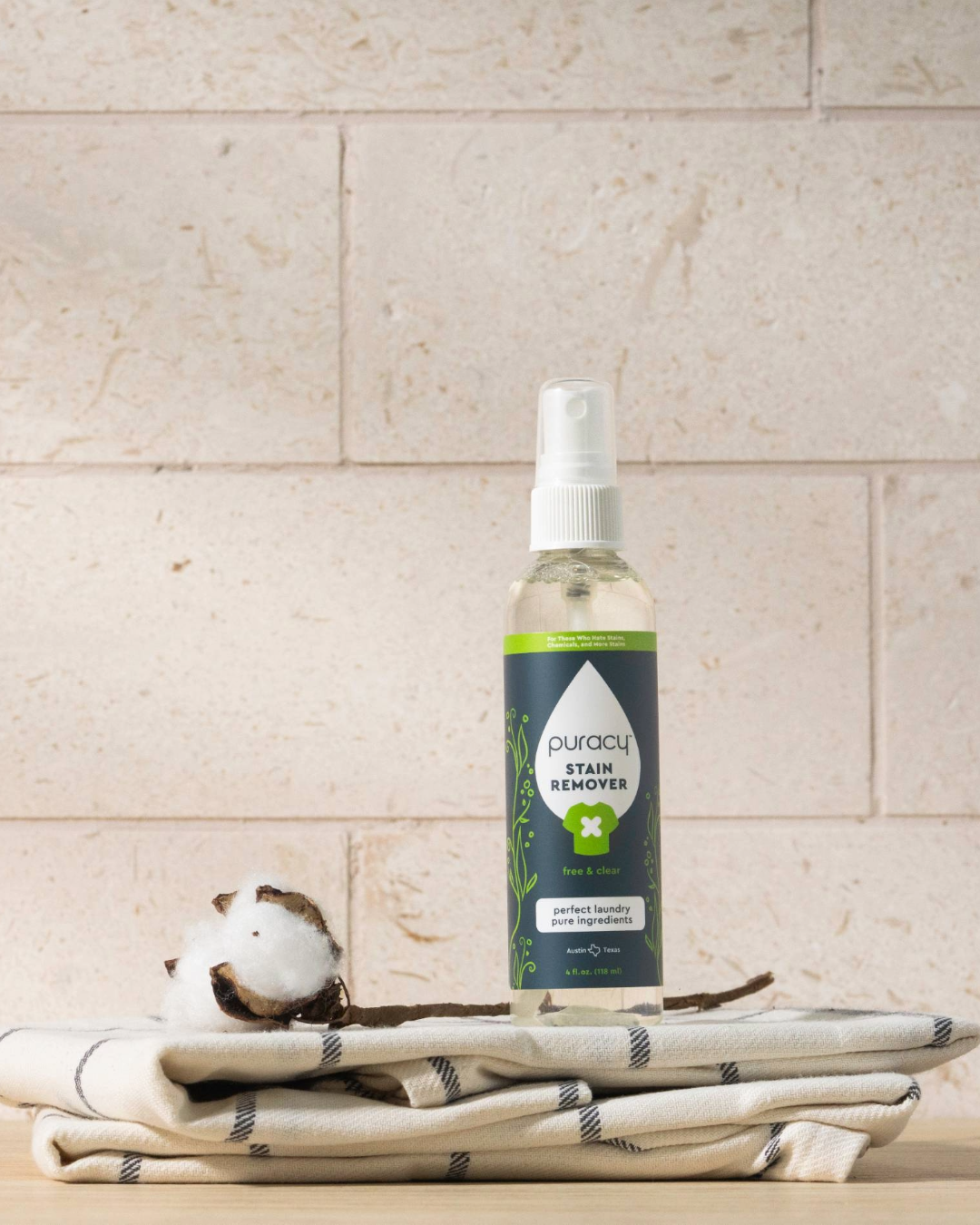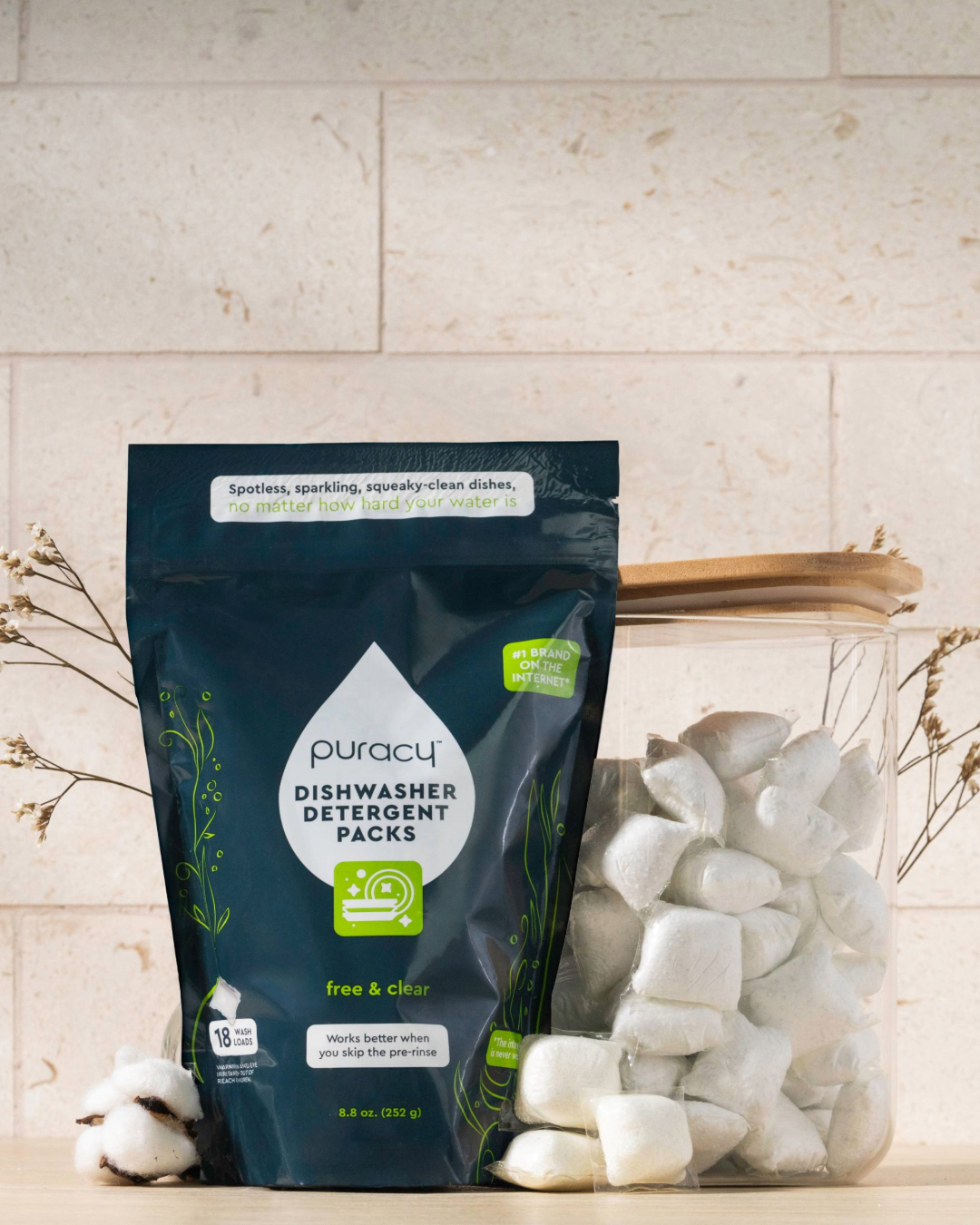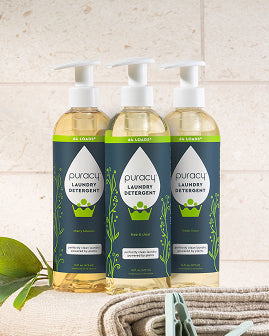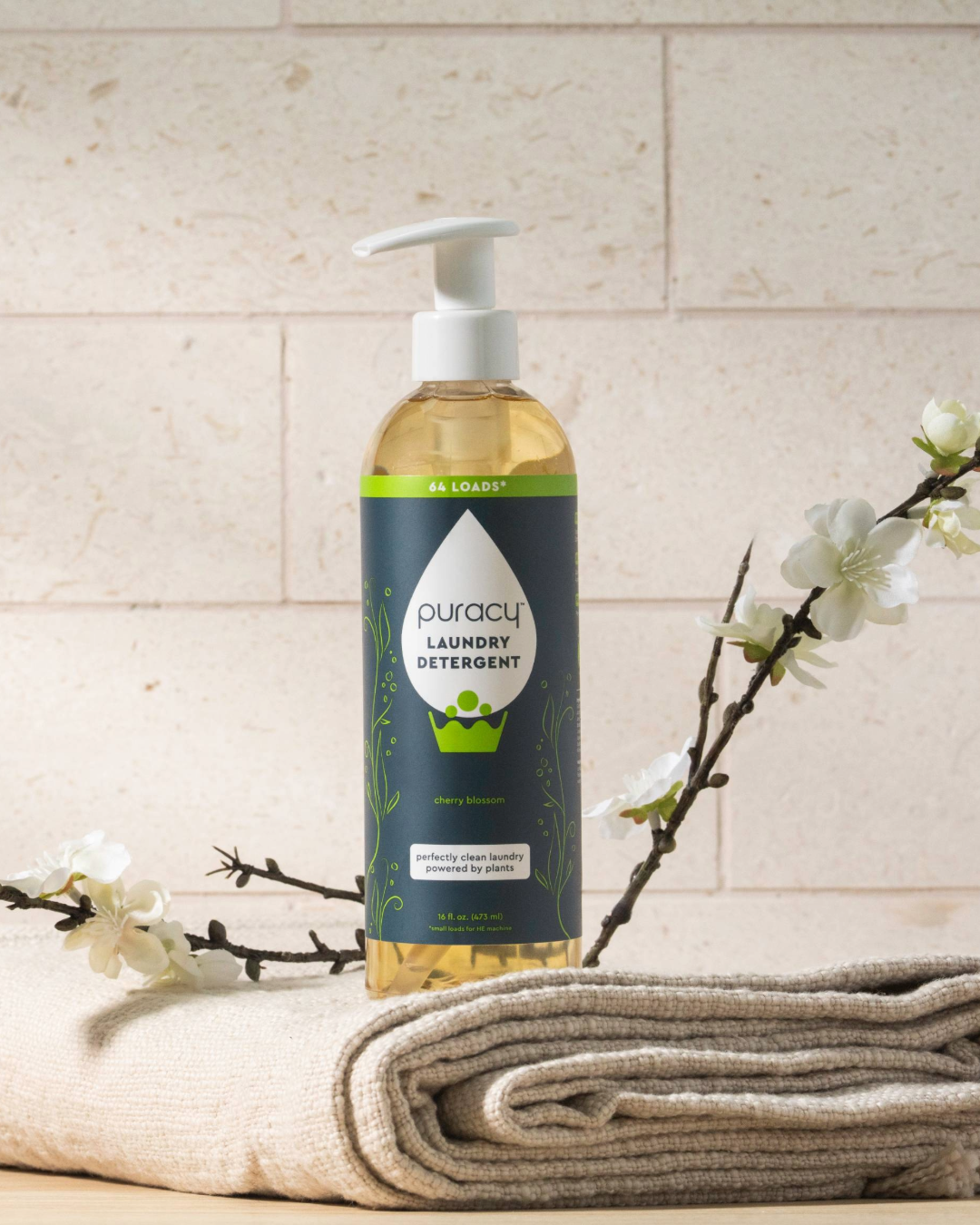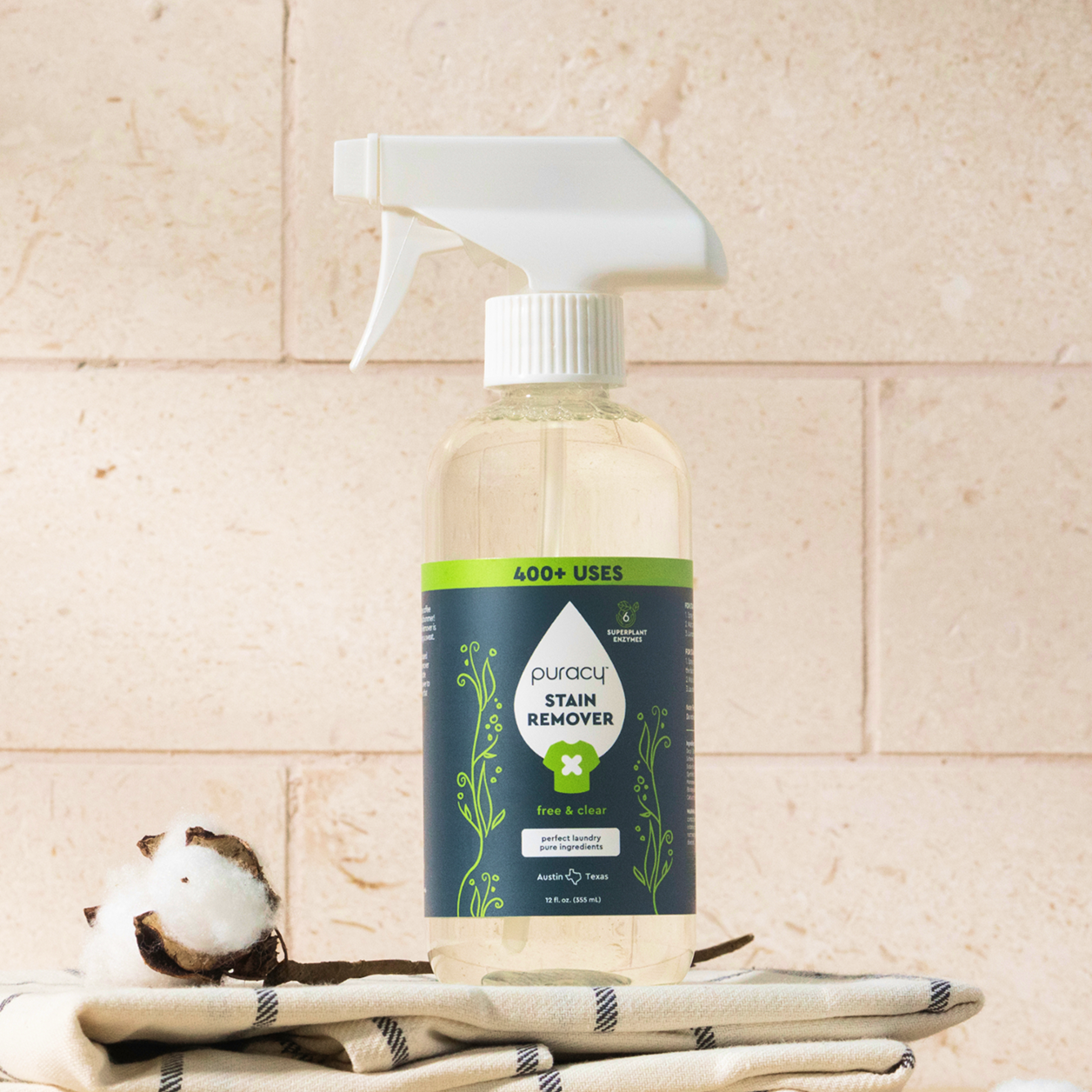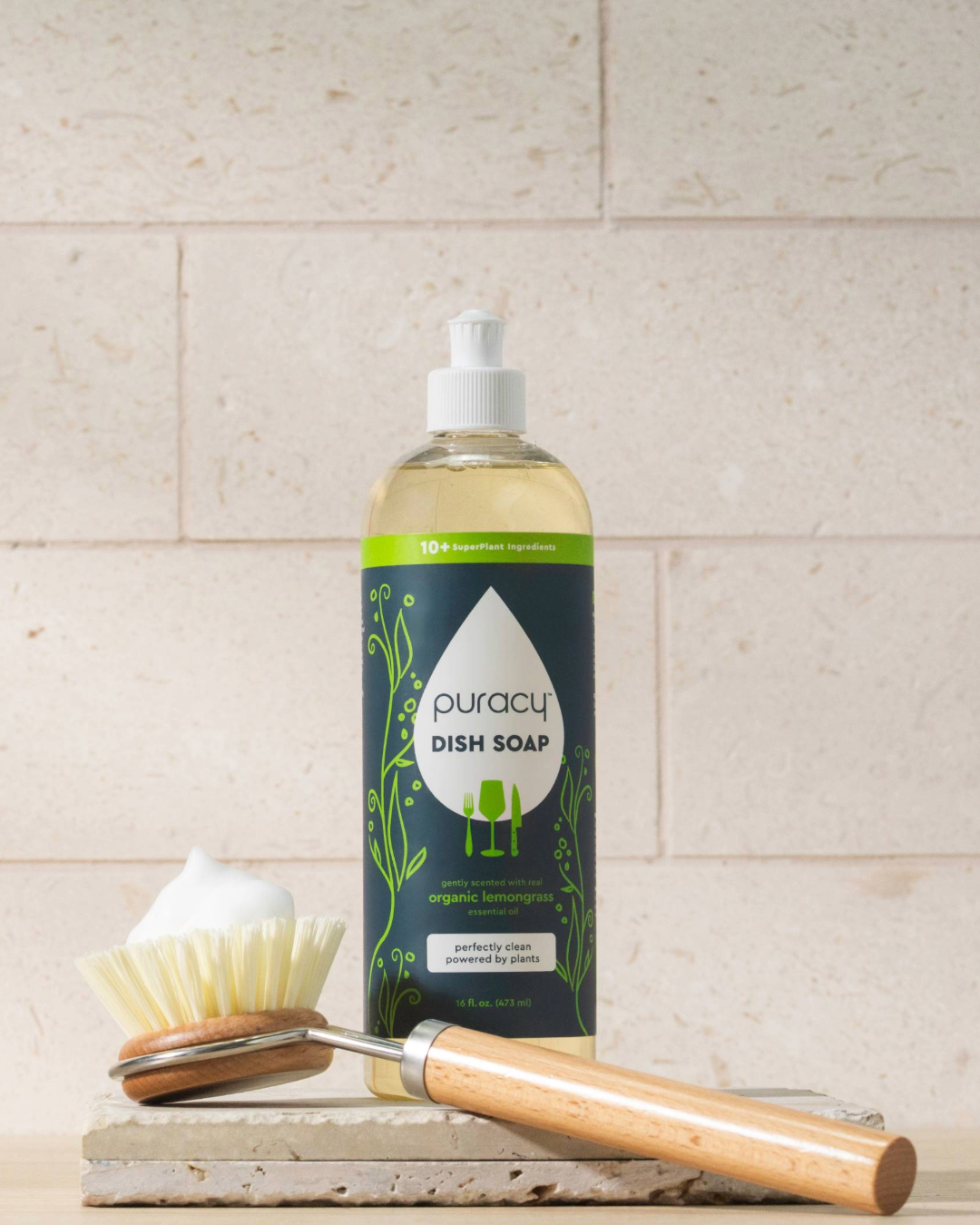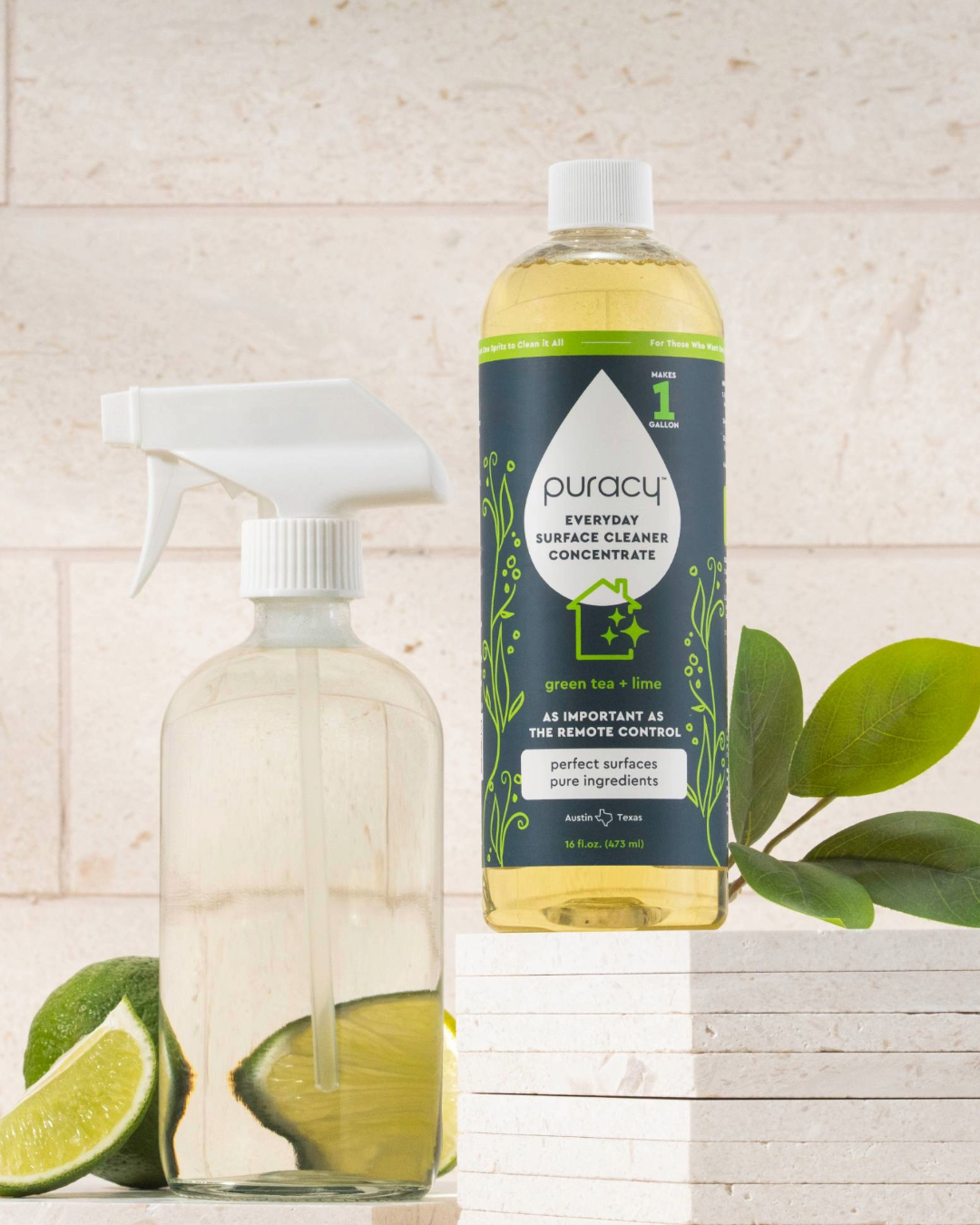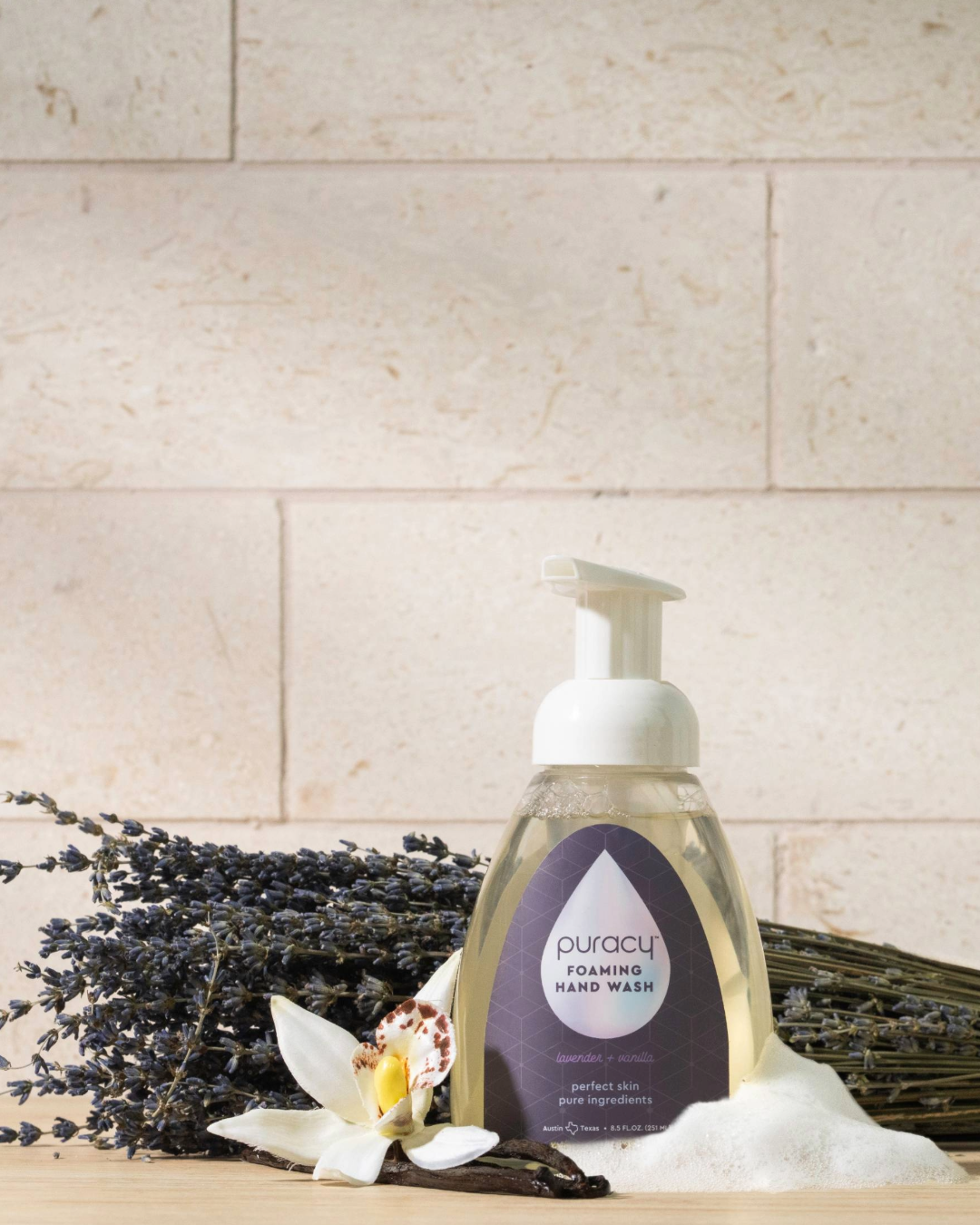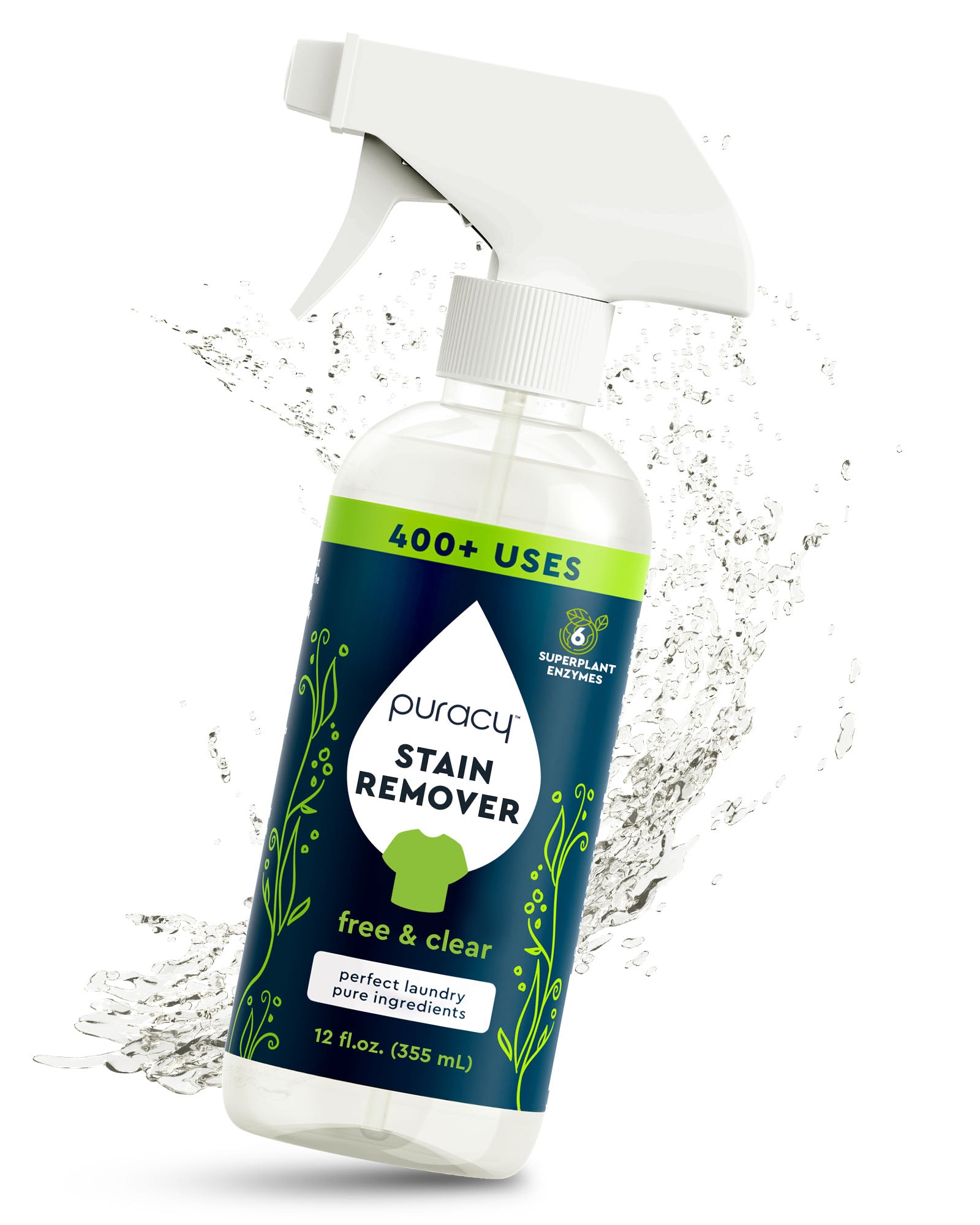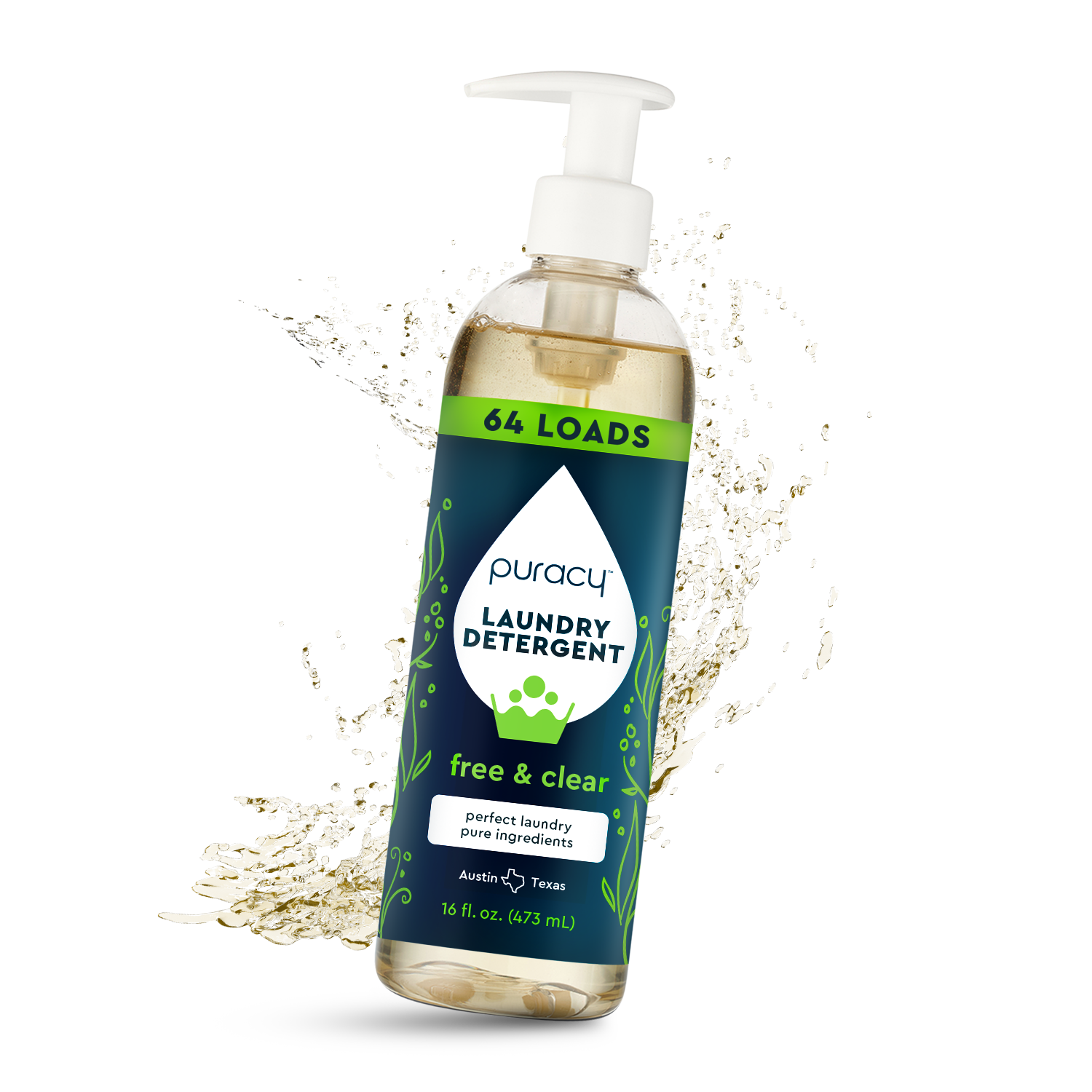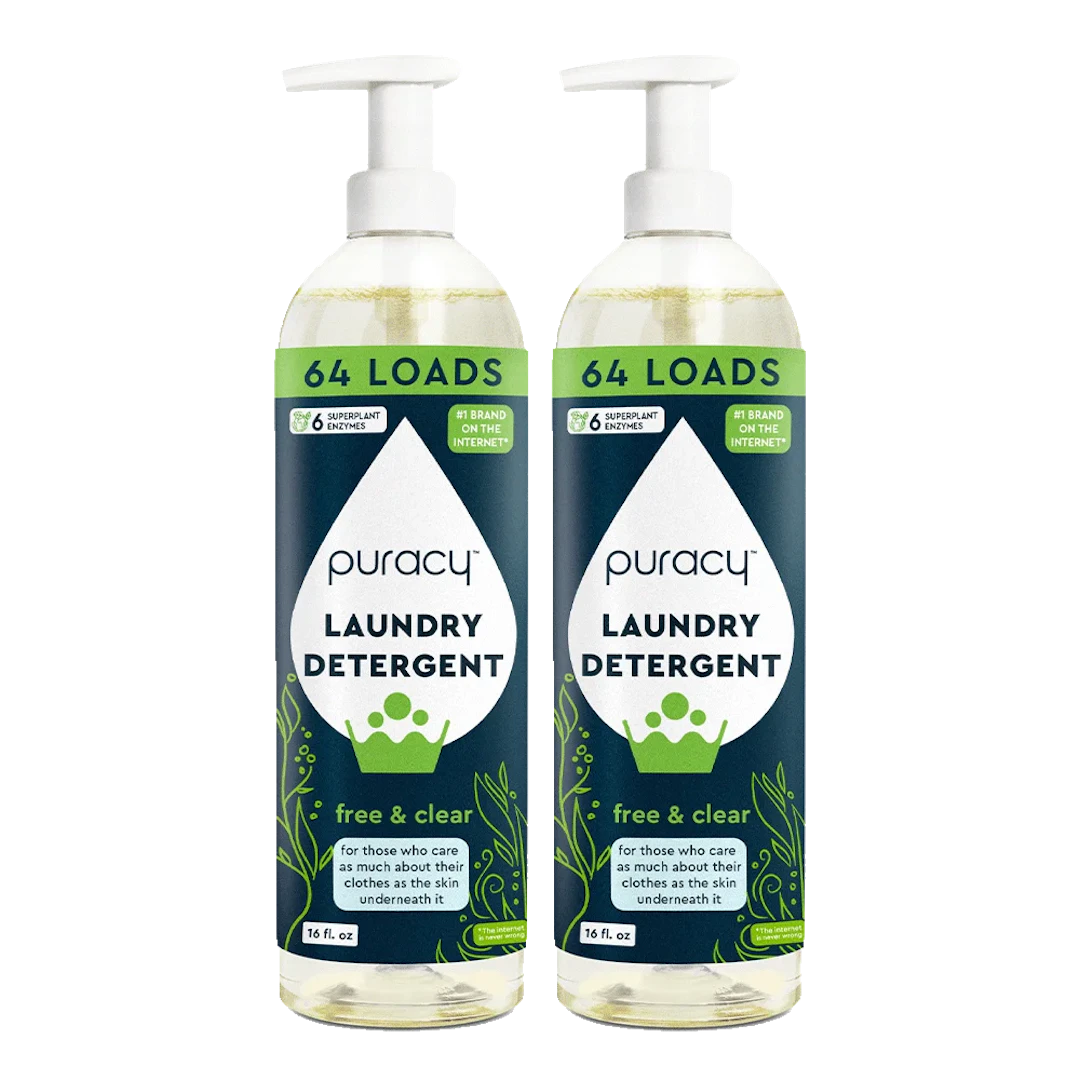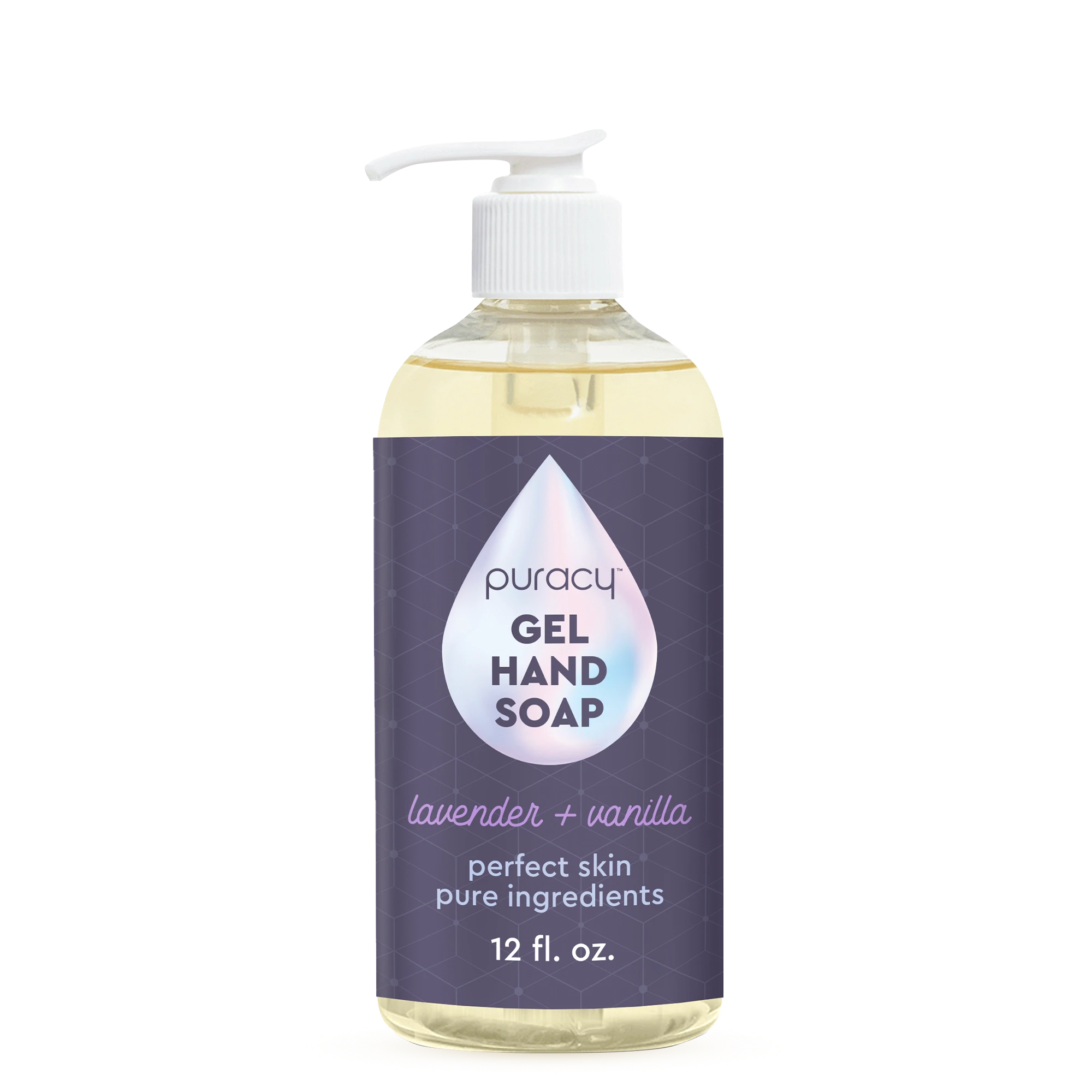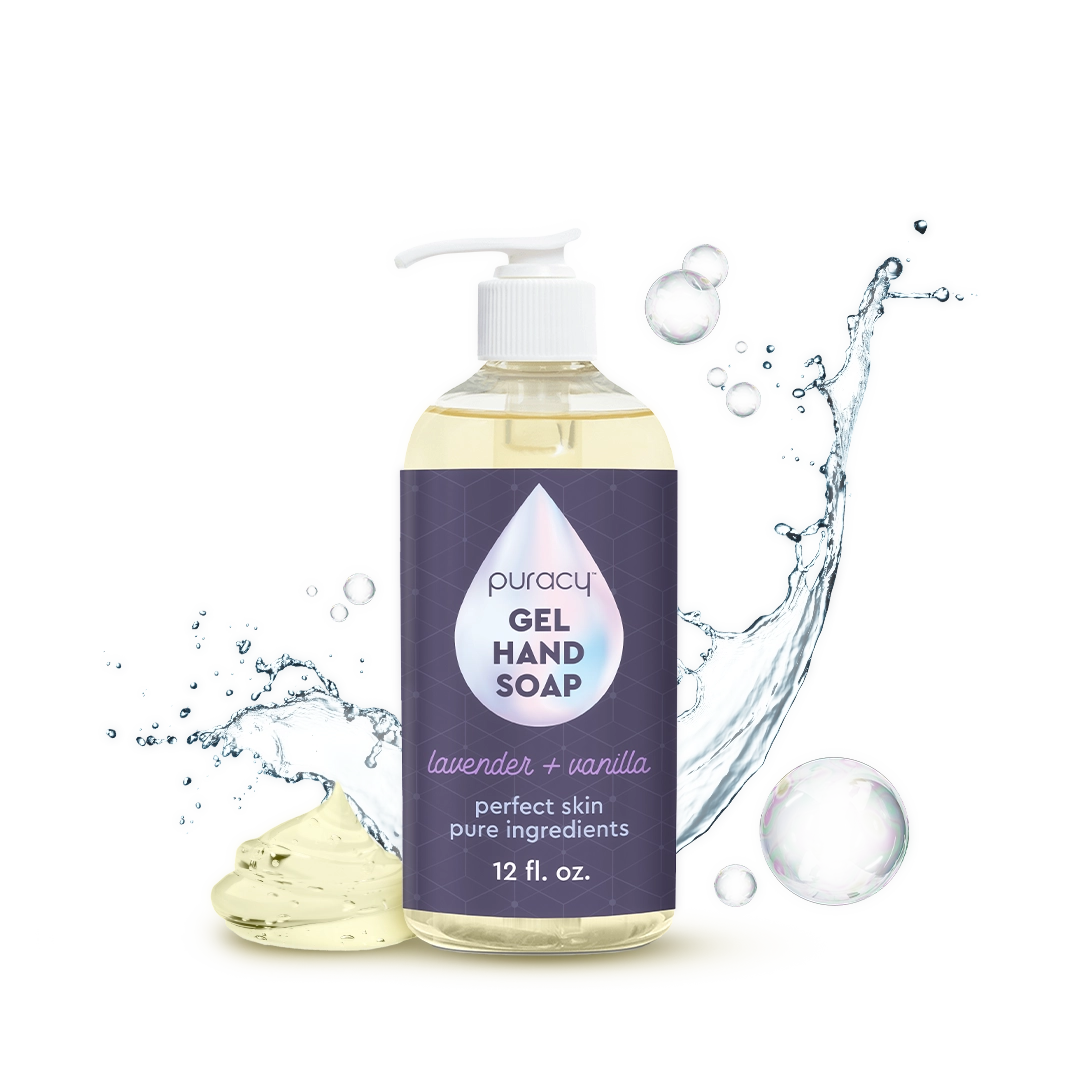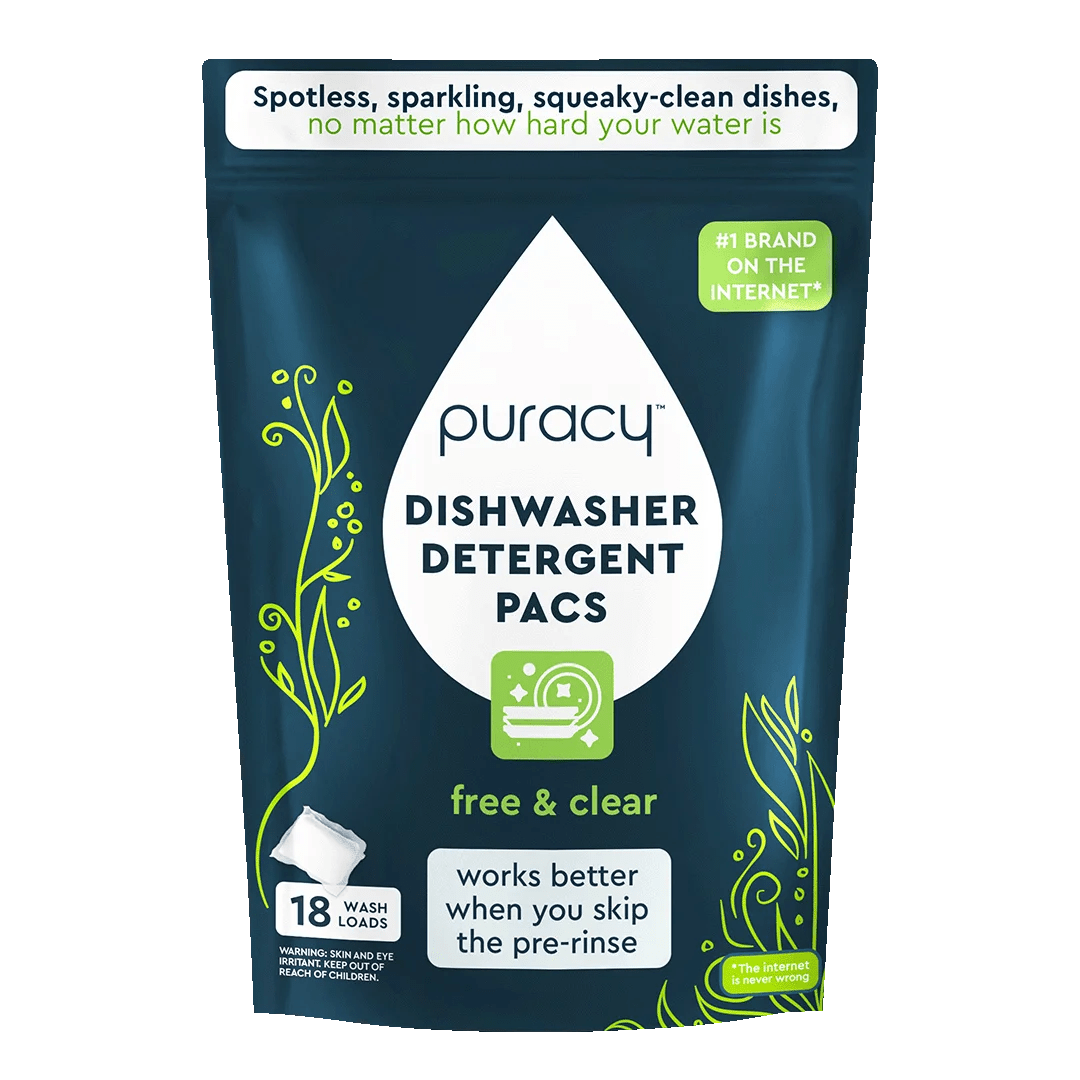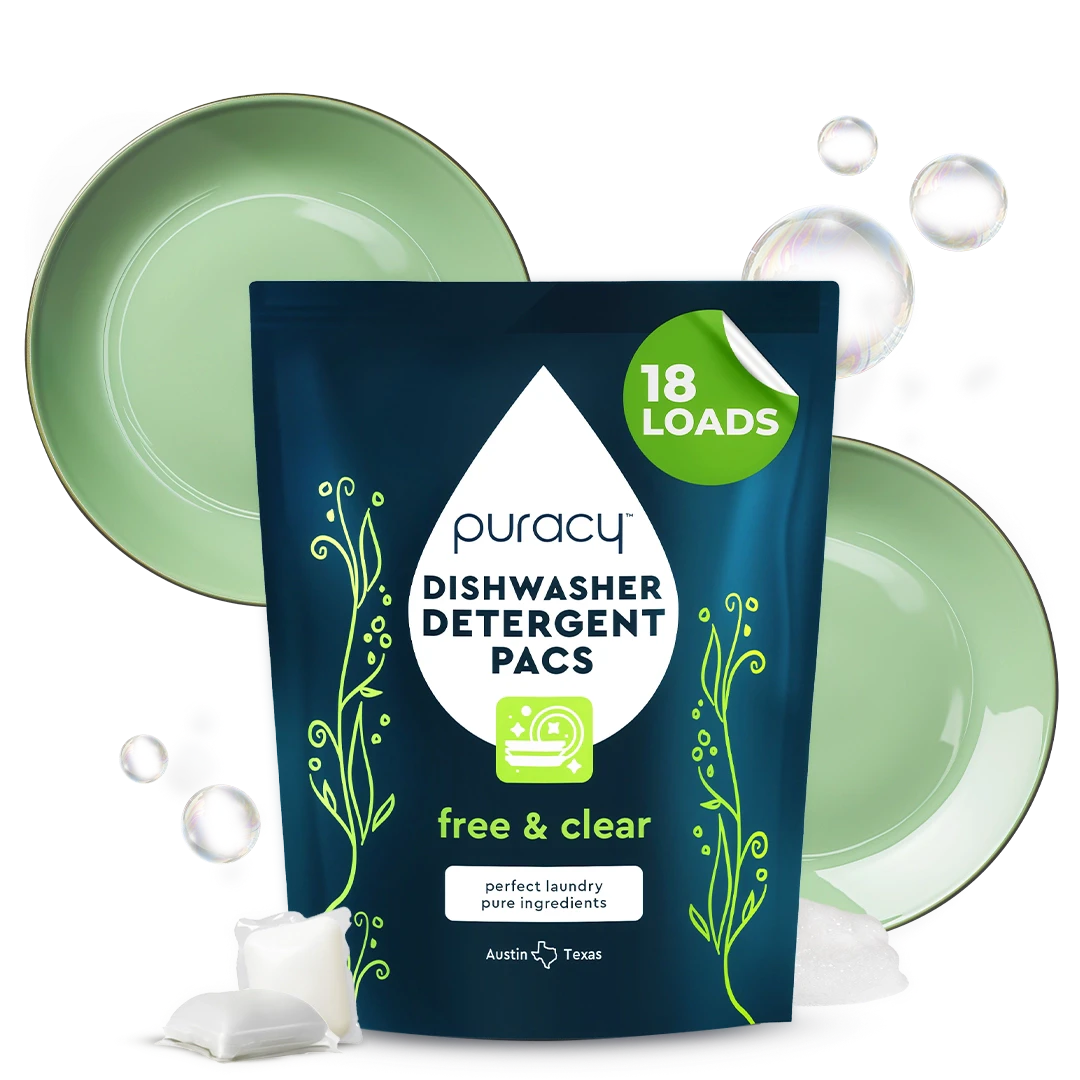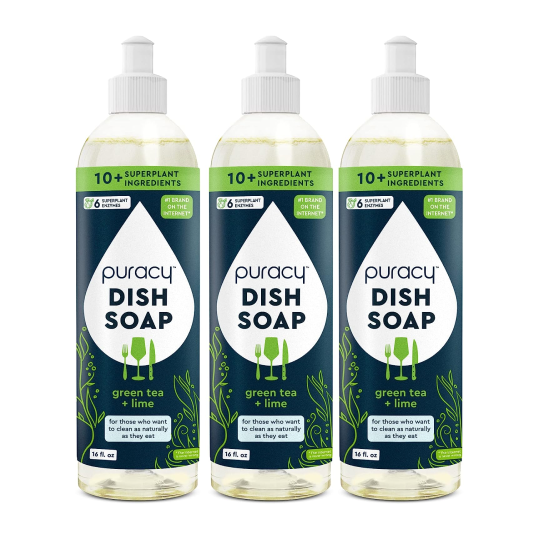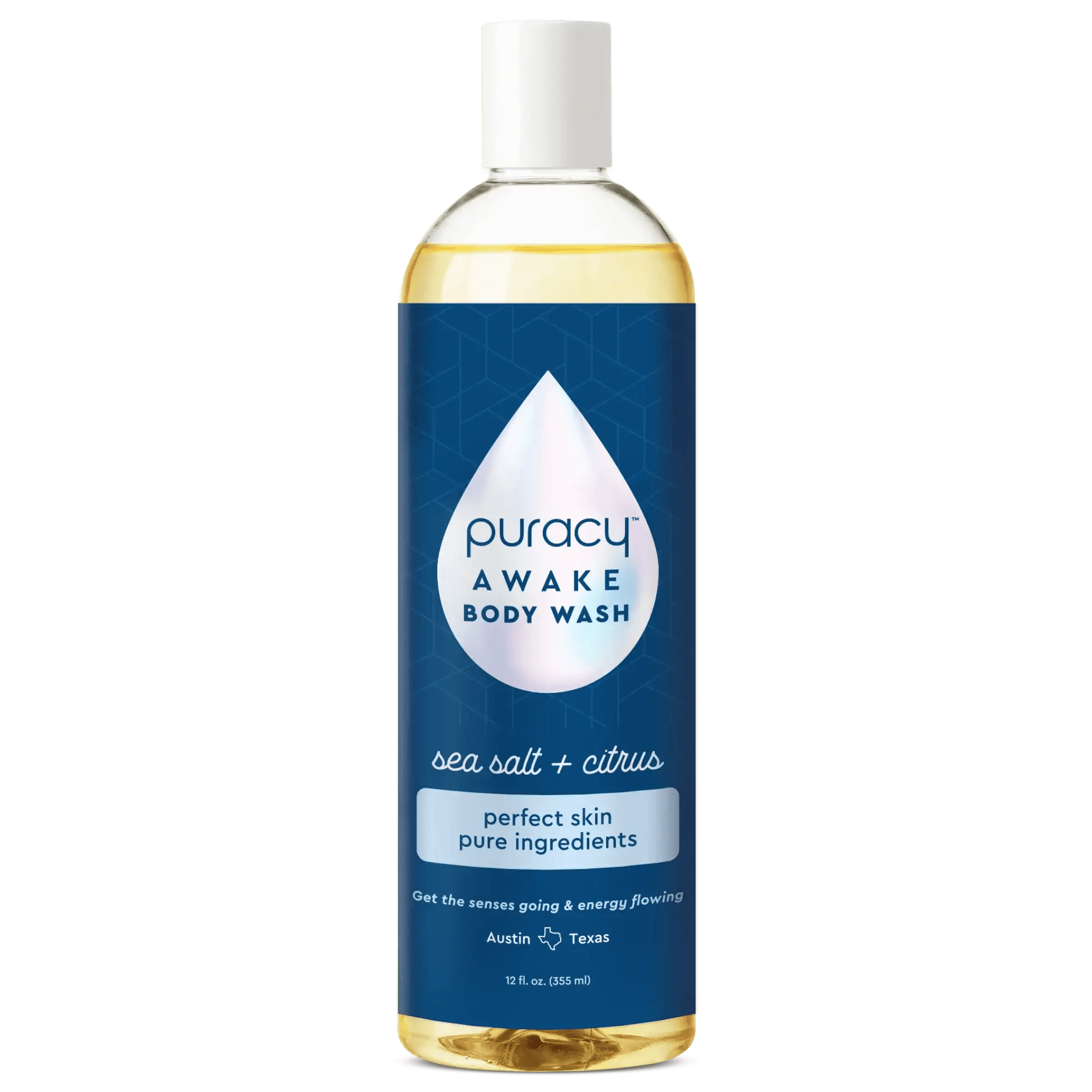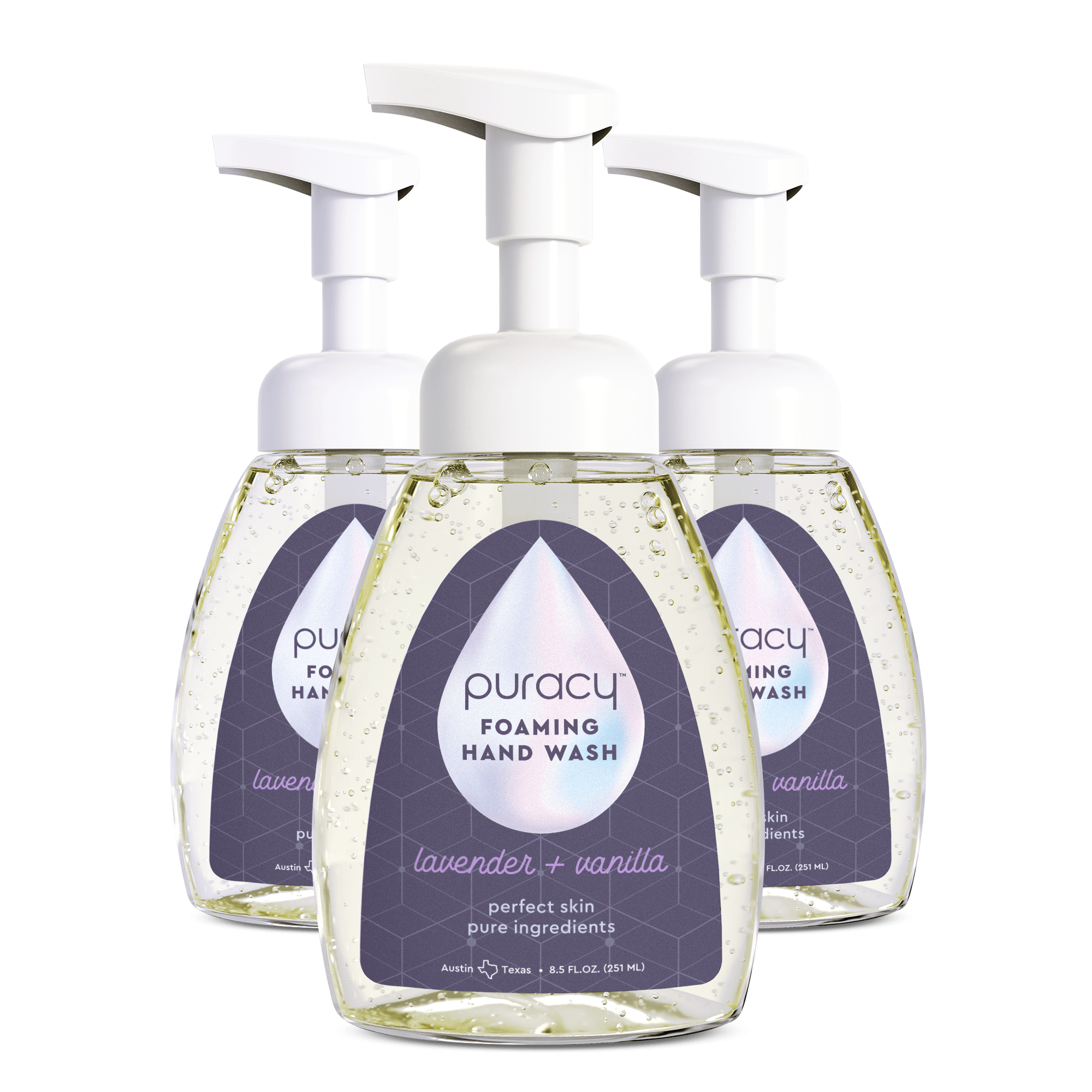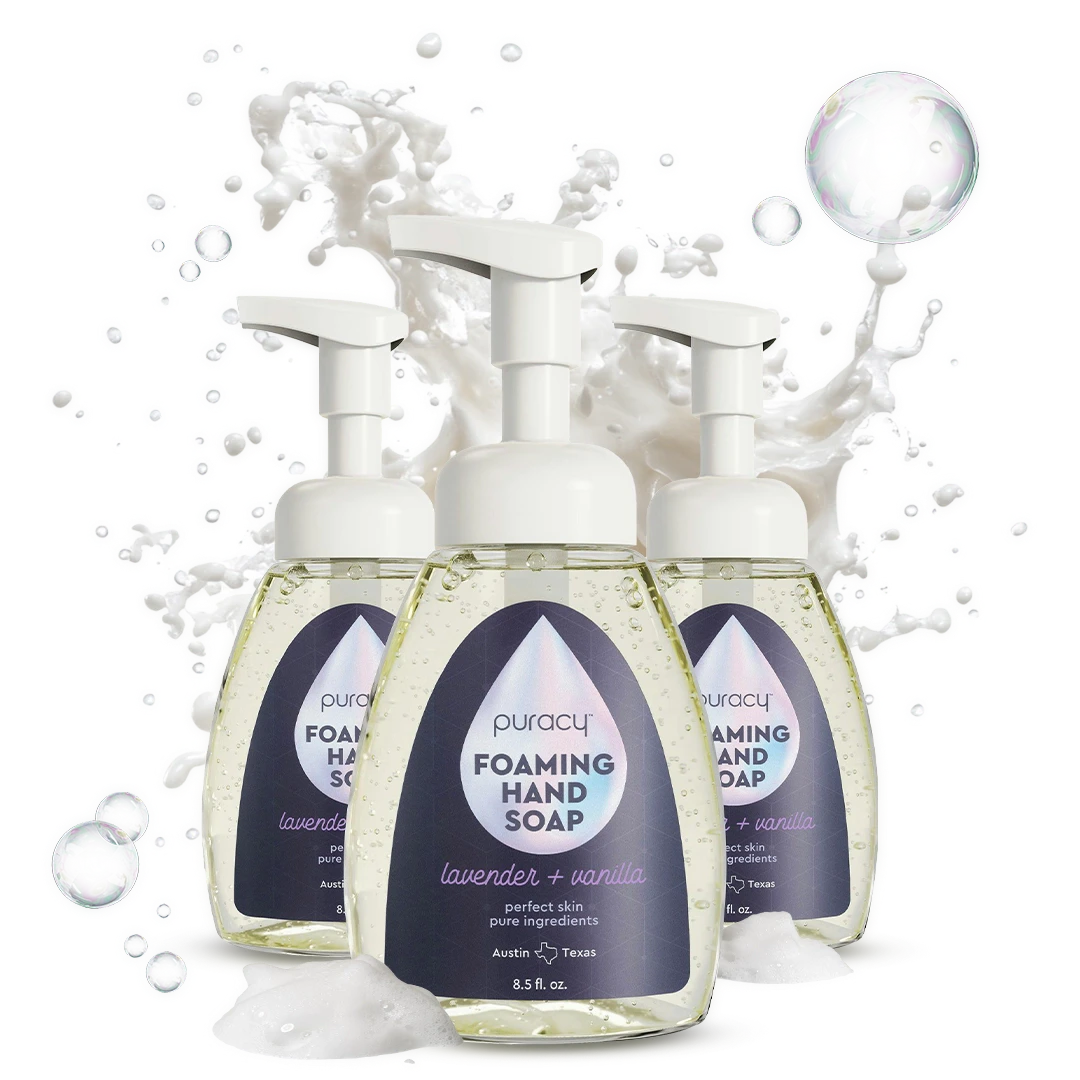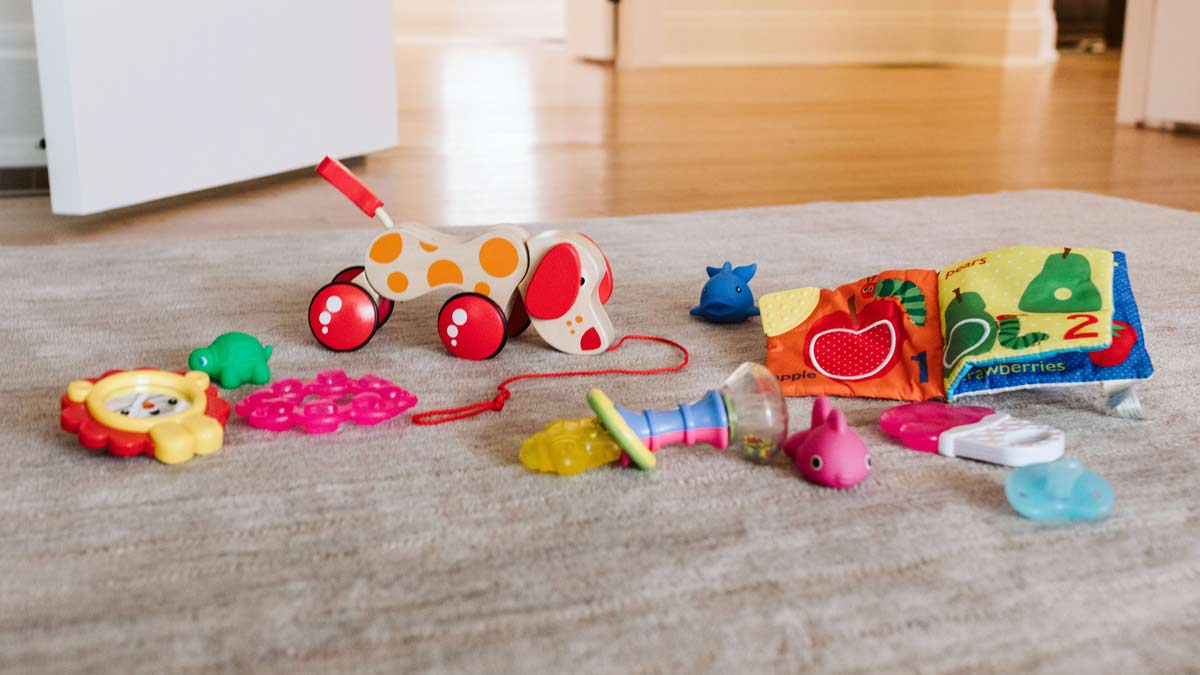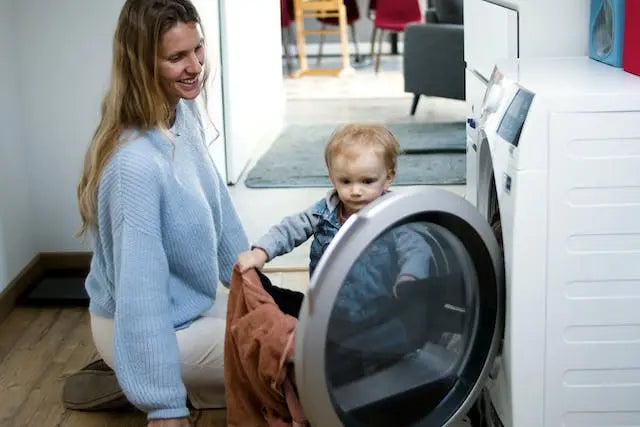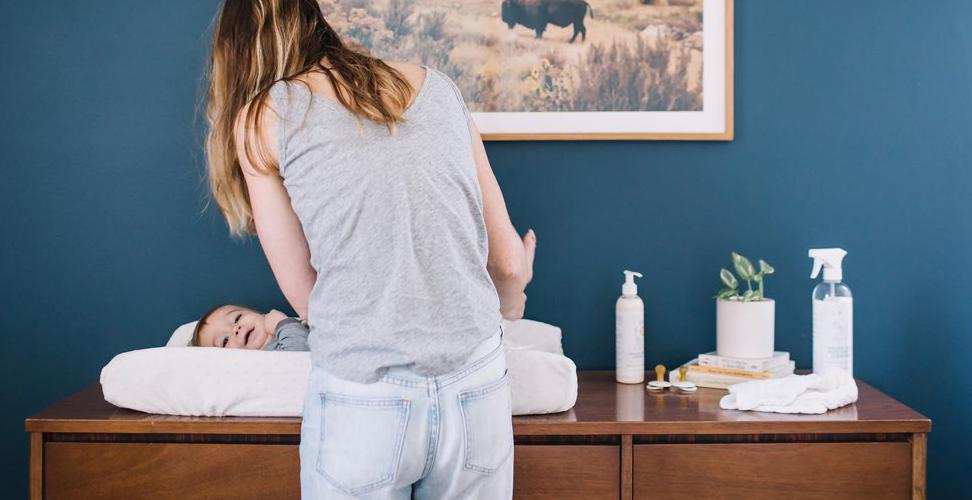
How to Wash Cloth Diapers
For certain families, cloth diapers are the best option for their little ones, so knowing how to wash cloth diapers shoots to the top of their chore lists. Discover the best way to machine wash or hand wash cloth diapers, as well as tips for keeping them durable and absorbent over time.
How to Machine Wash Cloth Diapers

Cloth diapers simply have to be washed using warm water (104 degrees Fahrenheit), using gentle detergent. Then dry them on a low tumbler setting or let them air dry.
- After removing a soiled diaper, dispose of solid waste in the toilet.
- Pretreat stains with an enzyme-powered Stain Remover. Gently massage the area with a soft brush before letting it soak for anywhere from 30 minutes to 48+ hours (the longer you leave it, the more time it has to work).
- Wash soiled cloth diapers in warm water using a gentle natural detergent.
- Some diapers require air-drying while others can go in the dryer on medium-to-low heat. Be sure to check manufacturer recommendations.
How to Handle Specific Stains

Even the most stubborn baby stains can be removed with the right cleaning method. Discover tips and tricks below.
- Soft poop stains: Soak the diaper for up to 30 minutes in warm water and a small amount of detergent. Then machine wash the diaper on a delicate cycle.
- Hard poop stains: Pre-treat the stain with water and lemon juice (or an enzyme-based stain remover) and let it sit for up to 15 minutes. Then machine wash the diaper.
- Mildew stains: Spray the affected area with a natural stain remover, and let the solution soak the surface for at least 8 hours before rinsing the fabric. When machine washing, use the hottest water setting to effectively kill mold and mildew spores.
- Urine stains: For heavy stains, pre-soak the diaper in cold water and 1/2 cup of baking soda. Then machine wash it using the hottest water setting possible based on fabric care instructions. Make sure the stain is completely lifted before placing it in the dryer.
Pro tip: Drying cloth diapers in the sun is also an effective way to remove stains, as well as neutralize odors and help get rid of bacteria.
How to Hand Wash Cloth Diapers

When hand washing, determine how much your load of dirty diapers weigh to figure out how much detergent to use. (It's generally between 0.5-1.5 lbs.)
- Thoroughly rinse diapers and squeeze out any excess water.
- Add detergent and scrub it into each diaper until they are thoroughly saturated.
- Drain out the water and squeeze excess water out of the diapers.
- Thoroughly rinse out the diapers in clean warm water, continuing to drain and squeeze out water.
- Repeat step 4 until the water is clear and free of detergent.
- Hang diapers up to dry.
Pro tip: Use a washboard to tackle tougher stains when hand washing, and use rubber gloves (and a gentle hand soap afterward) to protect your skin.
The Benefits and Different Types of Cloth Diapers

Today's cloth diaper options reduce your environmental impact – plus they are softer, more absorbent, and more sanitary than ever before. Also, they allow for better air flow and are less likely to contain potentially harsh chemicals, making diaper rash less likely. Discover the different types of cloth diapers to choose from:
-
Flat Diapers
Flats aren't much more than large sections of cotton cloth that are folded in a number of ways.
-
Prefold Diapers
Prefold cloth diapers come pre-folded into three sections and are placed inside/fastened to an outer cover with safety pins or diaper clips.
-
Fitted Cloth Diapers
Made from cotton, bamboo, and fleece, these diapers are pre-folded to fit your baby, have snaps or velcro closures, and are generally used with a cloth diaper cover. When used with a cover, fitteds are extremely absorbent and ideal for night time.
-
Pocket Diapers
Most similar to disposable diapers, pocket cloth diapers come with a pocket to place an insertable absorbent pad.
-
Sleeve Diapers
Nearly the same as pocket cloth diapers, except there are openings on both ends of the pocket that allow you to pull the pad out when it’s dirty.
-
Hybrid Diapers
Hybrids are a combination of cloth diapers and disposables. Most have a washable and reusable outer cover.
-
All-in-One Diapers
All-in-one cloth diapers tend to be costlier and are the most similar to disposable diapers in that there’s no folding, covers, or inserts.
Frequently Asked Questions

What type of detergent should I use on cloth diapers?
Look for a mild, gentle detergent that does not contain fabric softener since the latter can form build-up or residue on the fabric. Natural, effective formulas should be tough on poop and urine stains, while also being sensitive to a baby’s soft skin. Avoid any formulas that include synthetic fragrances, bleach, dyes, or harsh chemicals.
How often should I wash cloth diapers?
Well, that really depends on how much time you have for laundry. Some parents try to throw a load in at least once a day. We wouldn’t recommend waiting more than 3-4 days to keep odors at a minimum (and to avoid running out of clean options).
What’s the harm in leaving cloth diapers unwashed for a long time?
Waiting too long to clean cloth diapers may result in mold and mildew beginning to form. Also, any existing stains may settle deeper into the fabric the longer they are left to sit.
Do I have to pre-wash cloth diapers?
When you are using a cloth diaper for the first time, a pre-wash is necessary, as some fabrics get more absorbent with more washes or to remove natural oils.
Can I use fabric softener on cloth diapers?
Fabric softeners and similar detergent additives can cause cloth diapers to lose absorbency over time. They can also potentially irritate your baby's skin if they contain harsh ingredients, bleach, or dyes.
